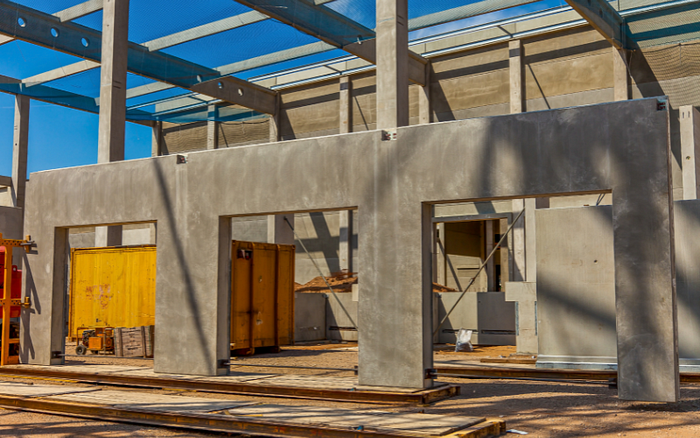Structural Integrity: The Role of Beams and Columns in Construction
Structural integrity is a fundamental aspect of any construction project, ensuring the stability, safety, and longevity of a building. Beams and columns play a pivotal role in maintaining the structural integrity of a structure. In this blog, we will delve into the significance of beams and columns in construction and how they contribute to the overall stability of buildings.

Introduction to Beams and Columns:
Beams and columns are essential load-bearing components of a building’s framework. They work together to distribute the weight of the structure and any additional loads, such as furniture, appliances, and environmental forces, evenly to the foundation. Beams typically span horizontally between columns, while columns provide vertical support to the entire structure.
Load Distribution:
One of the primary functions of beams and columns is to distribute the loads acting on a structure. Beams carry the weight from the floors and roof, transferring it to the columns. Columns, in turn, transfer these loads to the foundation, ensuring that the building remains stable and balanced.
Types of Beams and Columns:
Various types of beams and columns are used in construction, each designed to suit specific structural requirements. Some common types of beams include I-beams, H-beams, and wooden beams. Similarly, columns can be square, circular, or rectangular, depending on the design and load-bearing needs.
Role in Open Spaces:
Beams and columns are crucial for creating open and flexible interior spaces. They allow for the construction of wide, open areas without the need for excessive supporting walls. This is especially important in modern architectural designs that emphasize open layouts.
Resistance to Forces:
Beams and columns are designed to resist various forces, including gravity, lateral loads (such as wind and earthquakes), and dynamic loads. By distributing these forces effectively, they prevent structural deformation and failure.
Material Selection:
The choice of materials for beams and columns is critical. Materials like steel, concrete, and wood are commonly used due to their strength, durability, and load-bearing capacity. The selection depends on factors such as the building’s design, intended use, and environmental conditions.
Collaboration with Other Structural Elements:
Beams and columns collaborate with other structural elements, such as foundations, walls, and trusses, to create a cohesive and stable structure. Proper coordination between these components ensures that the building can withstand various stresses and loads.
Maintenance and Inspection:
Regular maintenance and inspection of beams and columns are essential to ensure their ongoing structural integrity. Any signs of damage, corrosion, or deformation should be addressed promptly to prevent potential hazards.
In conclusion, beams and columns are the backbone of a building’s structural system. They provide the necessary support and stability to ensure the safety and longevity of the structure. From load distribution to withstanding external forces, these components play a vital role in every construction project. Architects, engineers, and builders must meticulously design and implement beams and columns to guarantee a solid and reliable building that stands the test of time.
